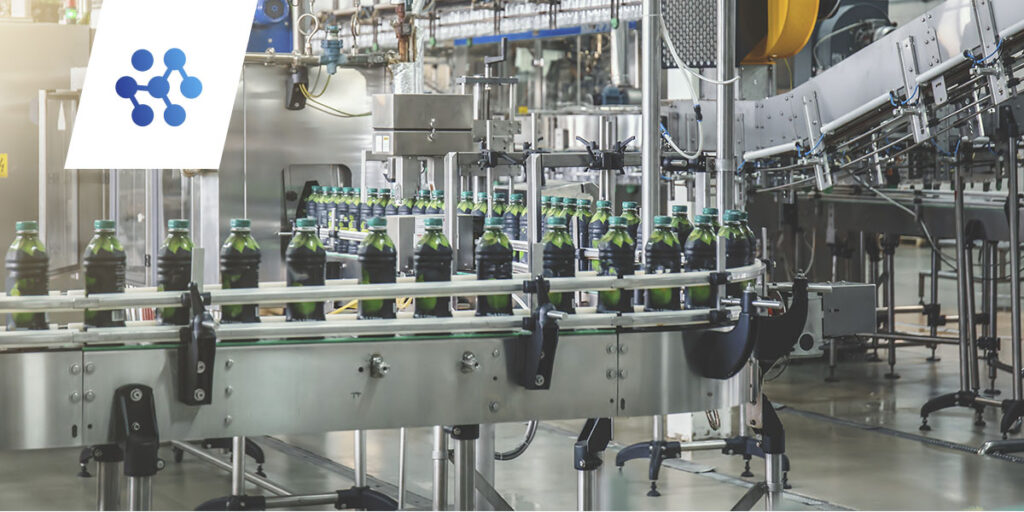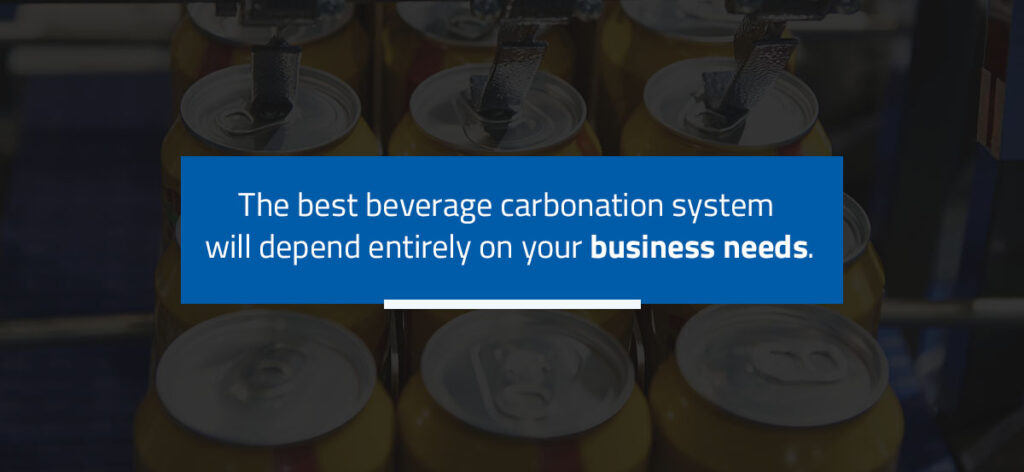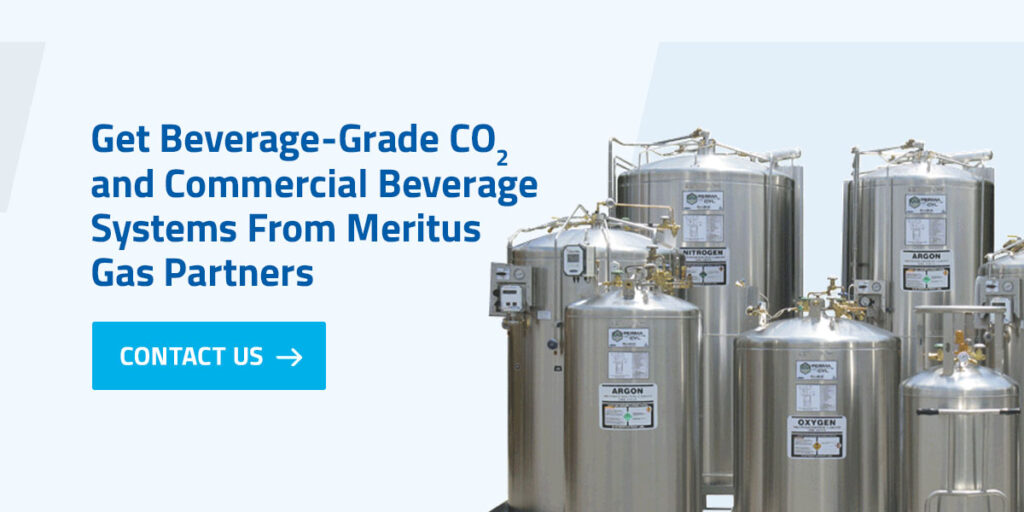

Commercial beverage carbonation systems make it easy to create carbonated beverages for your customers, and you can have specific systems for producing a variety of drink options, including sparkling water, soda, beer and sparkling wine.
With a good understanding of these setups and a little bit of skill, installing a commercial beverage carbonation system can be a rewarding project.
In the food and beverage industry, providing a range of options to satisfy customers is crucial. Carbonating beverages is an easy but highly effective way to diversify your drinks menu, and it all starts with installing the system.
Beverage carbonation systems feature several key components, though these will differ depending on whether you are carbonating soft drinks or beer.
Commercial draft beer rigs have comprehensive setups that include:
Commercial beverage systems for soda are somewhat different than for beer, but there are common components like the regulator:
At Meritus Gas Partners, we have beverage systems for small and large-scale businesses, including mini-systems, micro-bulk systems and bulk systems.

The best beverage carbonation system will depend entirely on your business needs. For example, you may have a small restaurant, so the mini-system or micro-bulk system may be a more effective and practical option than a larger model. We also have beverage-grade CO2, nitrogen generators and custom beverage gas blends to complete the setup.
Before starting the installation, ensure you have accessed your space and layout needs according to the system size you have.
For a commercial fountain drink system, you can follow these basic installation steps:
You will also want to ensure you have all the required permits, if applicable. Permits vary from city to city and state to state. Your Meritus Gas Partners’ sales representative or beverage carbonation specialist can give you details for any necessary permits.
Always follow the manufacturer’s instruction manual for the system you’re installing. If you are confused about any of the installation steps, contact the manufacturer or a professional installer to take over the process. Since you are working with potentially hazardous gases and pressurized equipment, it is always better to be safe than to take the next step if you are unsure of the process.
Anyone working with the carbonator and gas cylinders should follow these tips for handling CO2 carefully and working as safely as possible with pressurized gases:
Maintaining your carbonation system ensures it runs efficiently and lasts as long as expected. Be sure to regularly inspect your setup and keep it clean and sanitized. Always check that the carbonator pump is not running dry and that there’s sufficient CO2 in the tanks before operating the system.
There are several indications that your commercial carbonation system may not have been installed properly or has other maintenance or repair issues that need your attention. Some common carbonation system problems and fixes include the following:

Carbonating beverages and setting up a commercial beverage carbonator system requires the right know-how and equipment. However, installing carbonation systems is possible by following manufacturer instructions carefully, adhering to safety guidelines and calling a professional if you are ever in doubt.
At Meritus Gas Partners, our partners are reputable gas distributors with industry-leading knowledge of gas systems for beverage carbonation. We have systems and solutions for carbonating drinks on all scales, including CO2 mini-systems, bulk systems and premium gas blends.
Visit any of our affiliated branches or contact us today for expert guidance on beverage carbonation systems and beverage-grade CO2 supplies.